

Damion Smy
Boxy new KGM Musso unveiled to take on HiLux and Ranger ahead of Australian launch
9 Hours Ago
The Volvo XC60 T8 Polestar Engineered plug-in hybrid promises potent performance, with ride comfort and zero-emissions driving. Does the brand pull it off?
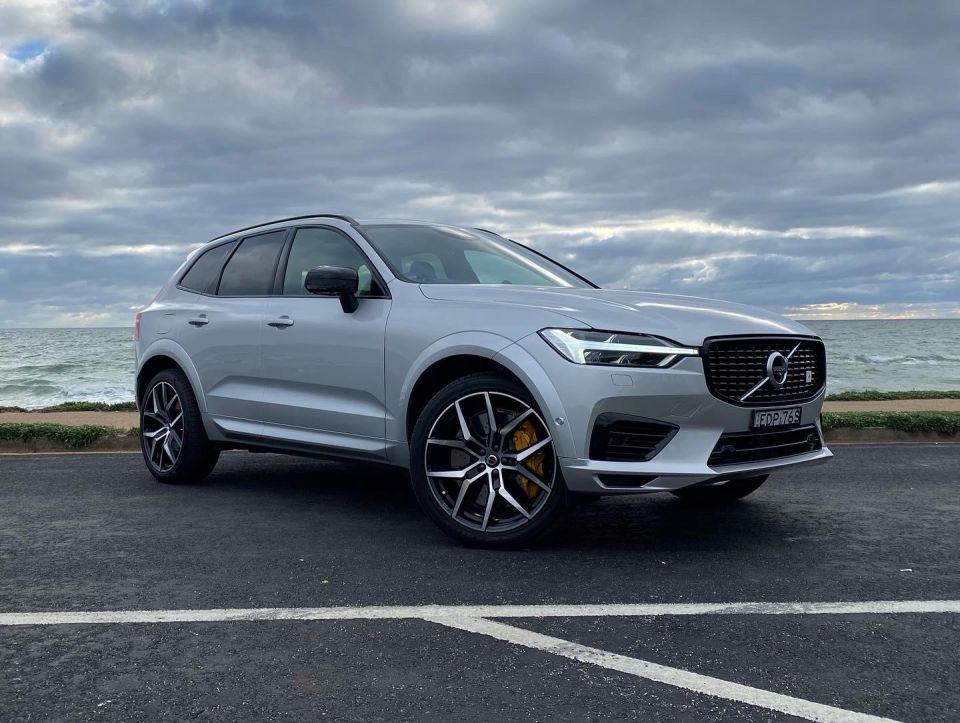
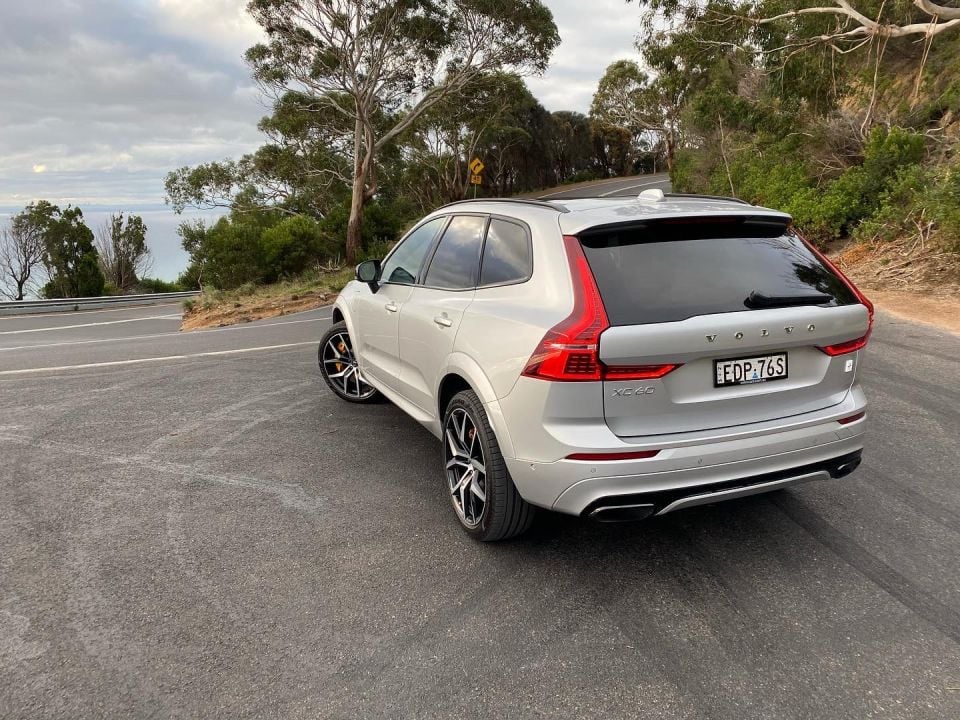

Senior Contributor
New from
$98,990
excl. on-roads

Senior Contributor
New from
$98,990
excl. on-roads


Senior Contributor
New from
$98,990
excl. on-roads

Senior Contributor
New from
$98,990
excl. on-roads
Quickly see how this car stacks up against its competition. Select any benchmark to see more details.
Where expert car reviews meet expert car buying – CarExpert gives you trusted advice, personalised service and real savings on your next new car.
The Volvo XC60 is a well-regarded luxury wagon on stilts that has built on the reputation of its popular predecessor. It’s the middle child in the Swedish brand’s formidable SUV arsenal, bookmarked by the funky XC40 and flexible XC90.
The flagship model is a plug-in hybrid (PHEV), with some performance-focused engineering from its Polestar division – the company that has advanced from Volvo tuner to fully-fledged electric car brand in and of itself.
It’s the XC60 T8 Polestar Engineered.

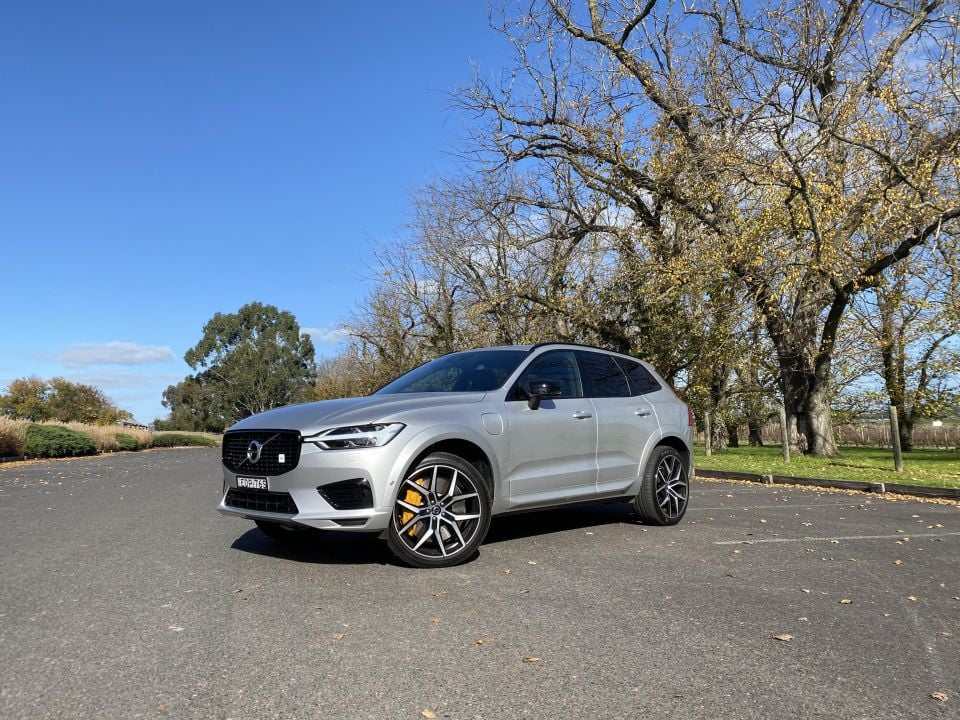
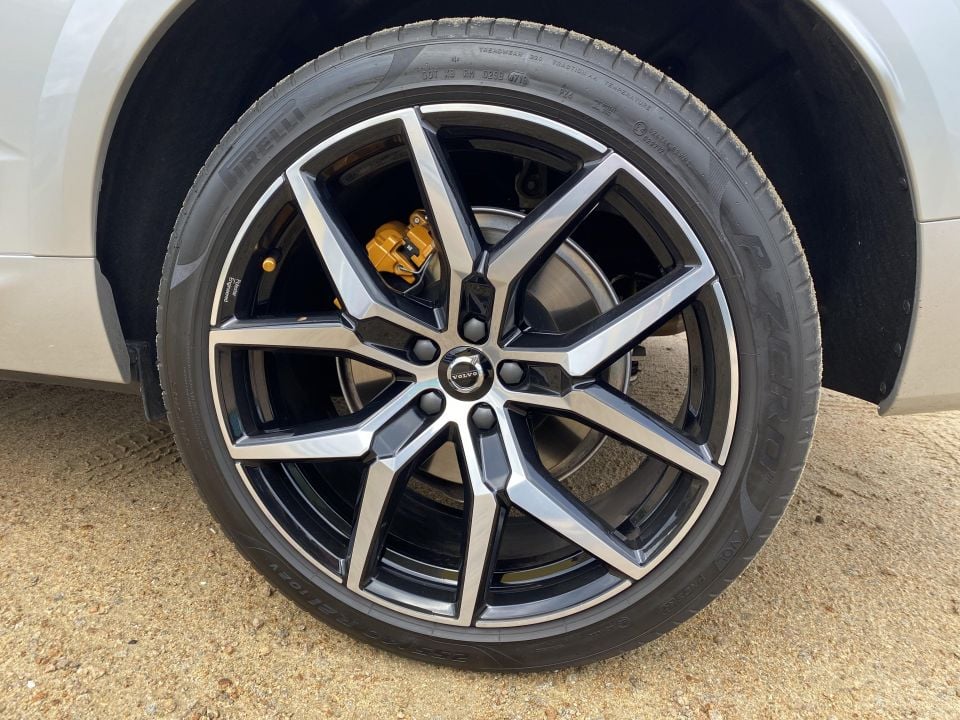

The XC60 range kicks off at $64,990 before on-road costs, through to $78,990 for the T6 R-Design. This flagship T8 version lists at $99,990plus on-roads.
Put into context, that’s about smack-bang between the $86,300 Mercedes-Benz GLC300e PHEV and the sportier $115,000 Mercedes-AMG GLC43.
You’ll notice that I’ve listed both PHEV and performance iterations of the German there, and that’s because the Volvo XC60 T8 Polestar Engineered attempts to tick both boxes.
Other PHEV SUVs on the cards include the delayed BMW X3 xDrive30e, the Land Rover Discovery Sport P300e, and Range Rover Evoque P300e, which should all come to Australia in 2021. Volvo itself also sells the smaller XC40 Recharge PHEV.
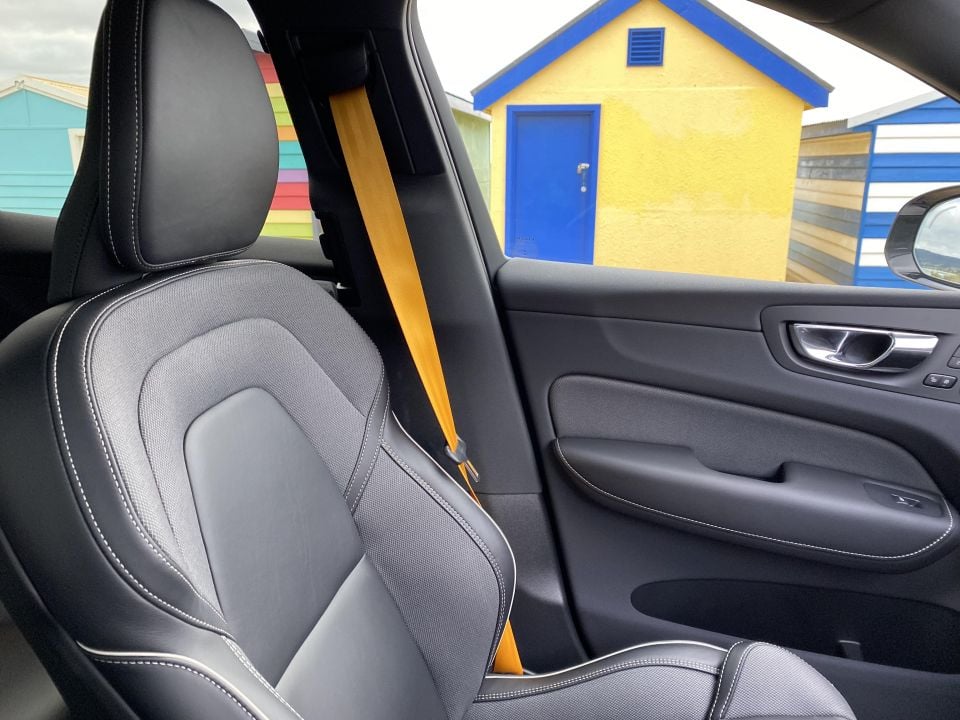
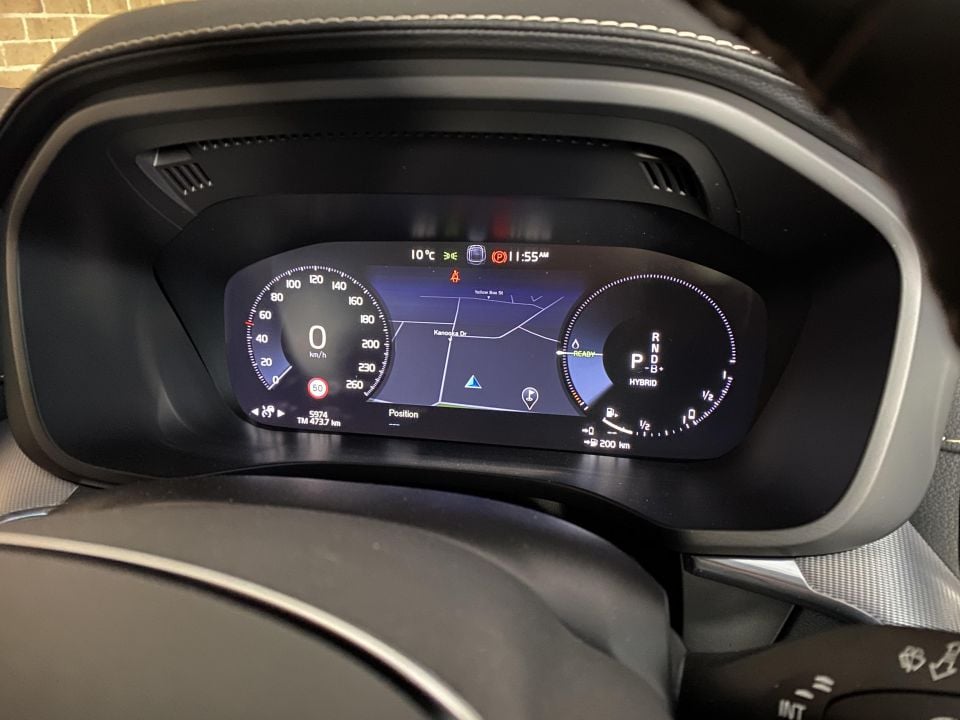
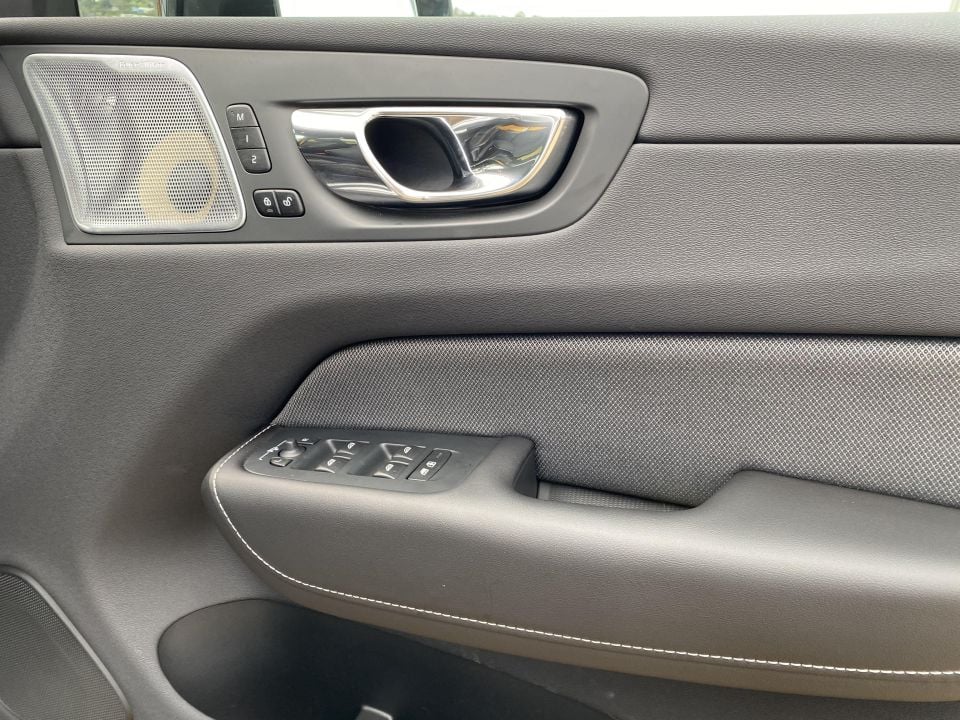
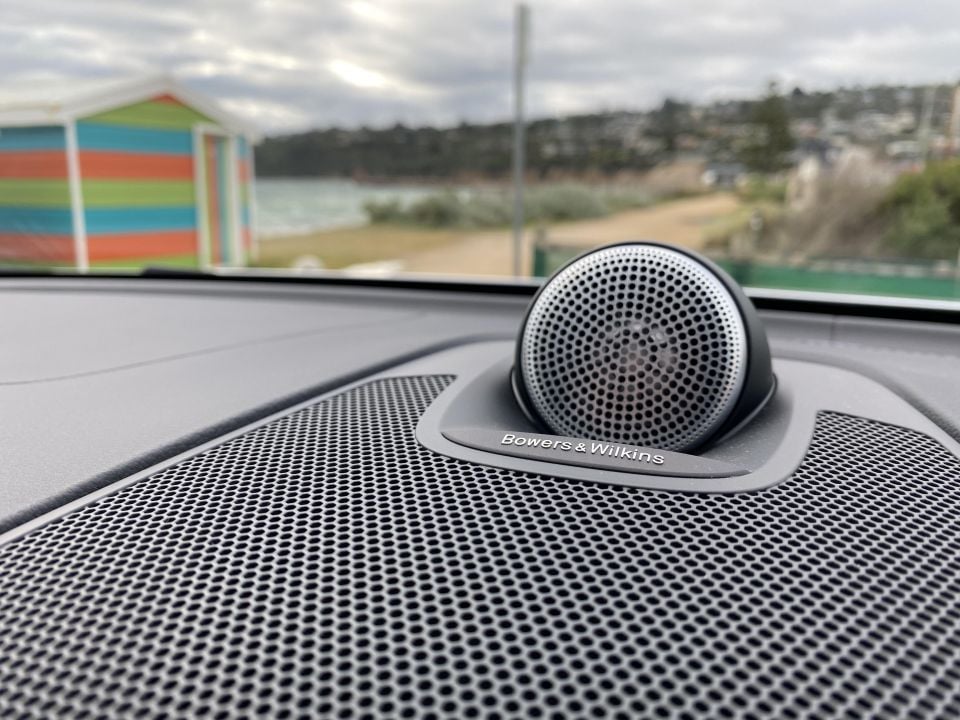
You’d be hard-pressed to call the XC60 T8 under-specified.
On the outside there are are 21-inch wheels behind which sit Akebono brakes, black roof rails, LED headlights with active bending, illuminated puddle lamps, a proximity key fob, a hands-free powered tailgate, tempered privacy glass, a panoramic sunroof ($2950 option on the XC60 T6), and auto-folding side mirrors.
Inside there are Nappa leather seats with textile inlays, a charcoal-coloured headliner, yellow seatbelts, adjustable front seats with memory presets, heated front seats and a heated steering wheel, dual-zone climate control, and a thumping Bowers and Wilkins audio system with 15 speakers (a $4500 option on the T6).
The displays include a 9.0-inch centre touchscreen oriented vertically, a 12.3-inch digital driver’s instrument display, and a projecting head-up display that shows speed and navigation instructions on the windscreen. Infotainment functions include Apple CarPlay and Android Auto, factory Sensus satellite navigation, digital radio, Bluetooth streaming, USB inputs, voice control, and downloadable in-car apps.

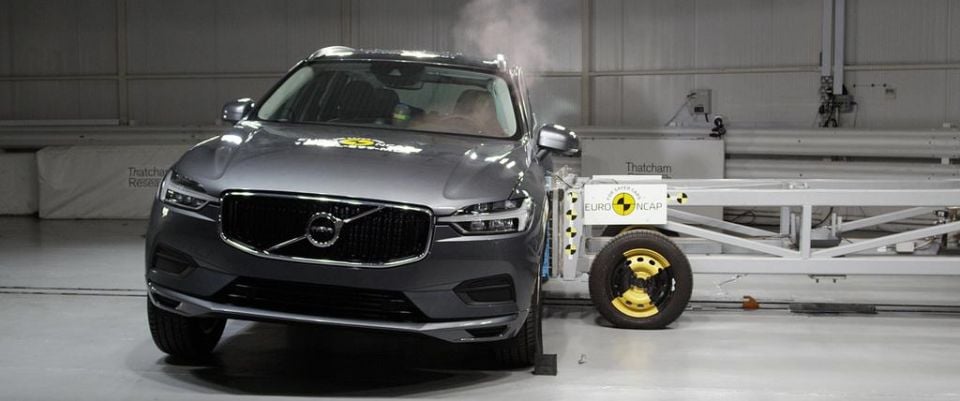
It would be a strange turn of events if a Volvo SUV proved to be unsafe.
The T8 doesn’t actually have an ANCAP crash rating, but every other XC60 grade with the same features has the maximum five stars. They scored a remarkable 98 per cent for adult occupant protection, 87 per cent for child occupant protection, 95 per cent for safety assist features, and 76 per cent for how it protects pedestrians from impacts.
Safety tech fitted includes autonomous emergency braking (AEB) designed to detect cars, pedestrians, cyclists, and big animals like the pesky Swedish moose. This AEB system also has a steering assist function.
There’s also lane-centring assist, adaptive cruise control, blind-spot monitoring, cross-traffic alert, traffic-sign readouts, automated parking assist, a 360-degree camera, sensors at both ends, and of course front and side airbags (seven total).
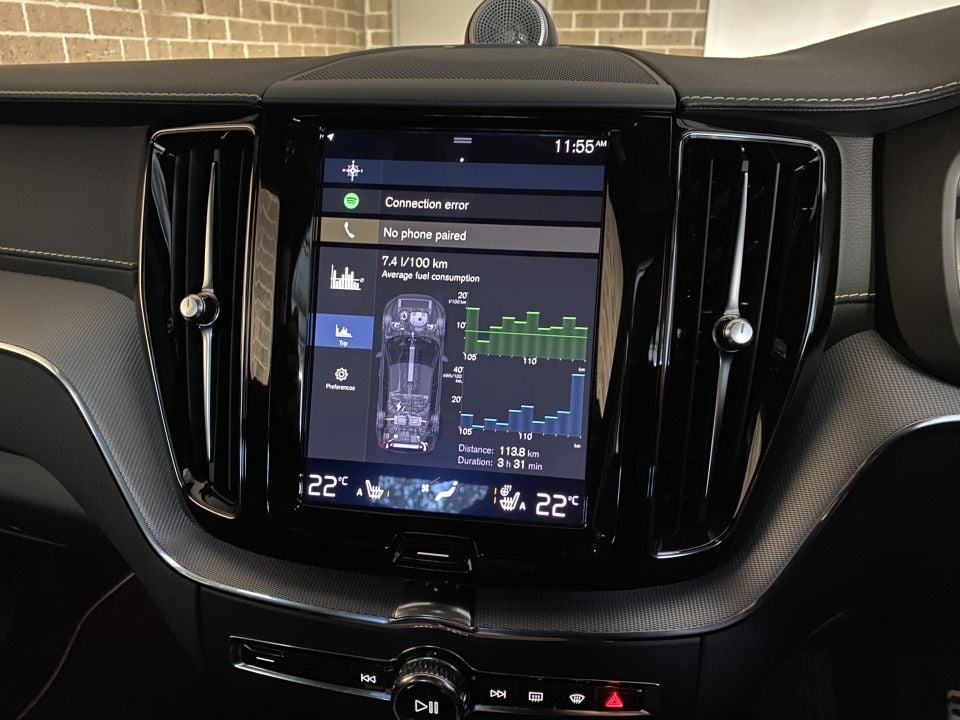

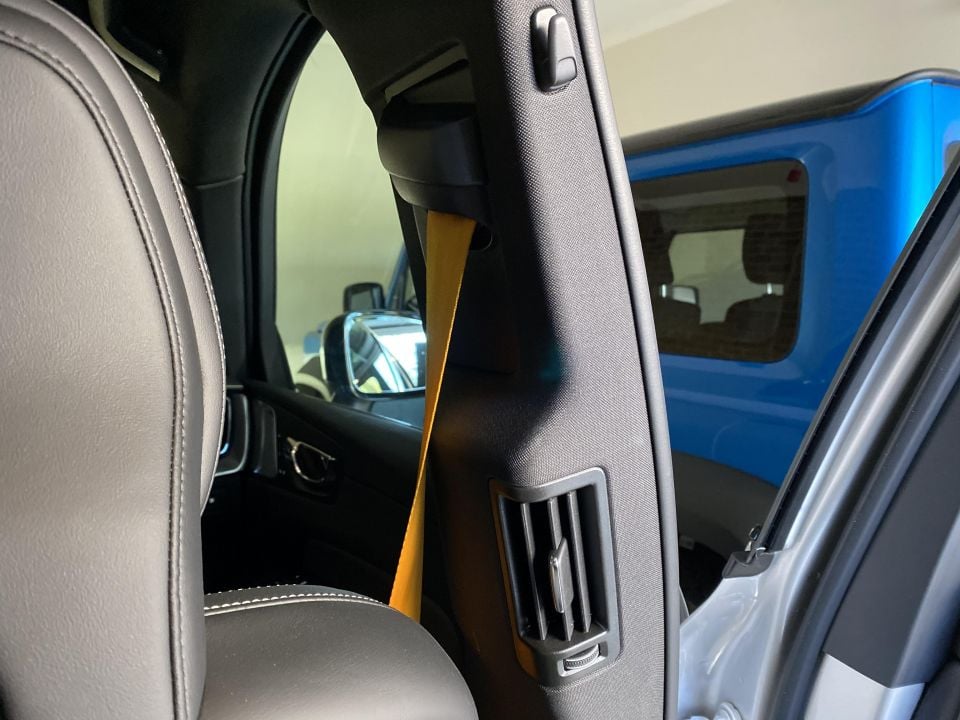
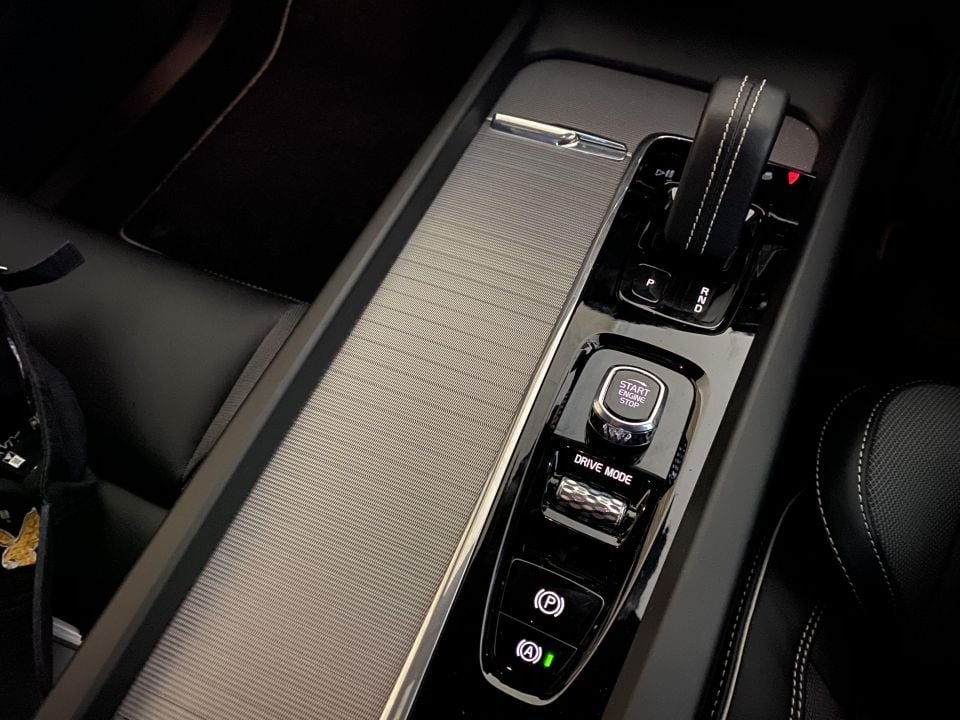
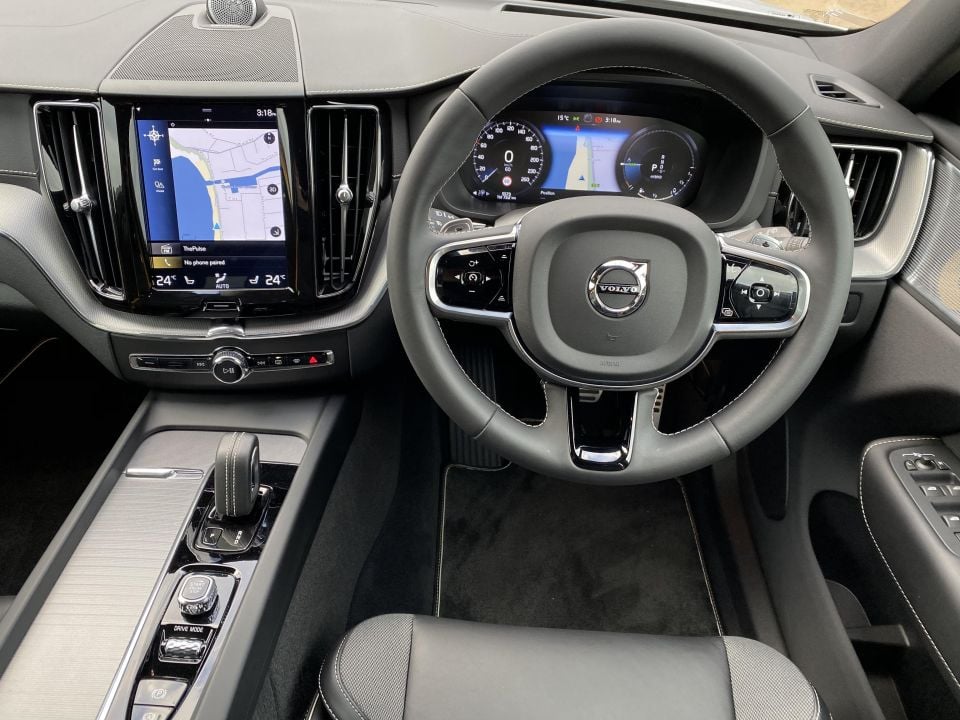
Volvo knows how to impart a feeling of quality in a cabin.
The material choices are top notch, from the plush carpet that runs right up to the transmission tunnel, the padded armrests and dash, metallic trim pieces, damped buttons, and knurled dials. And the build quality is hard to find flaw with.
Behind the lovely steering wheel sits a digital instrument display that can show maps. It doesn’t have the breadth of adjustability that German systems do, but it nails its primary function and is augmented by the nifty head-up display.
The portrait-oriented centre screen works nicely with mapping, and once you’re familiar with where to swipe and press it all becomes very user-friendly. The second page is full of tile shortcuts, which is a better approach than burying functions in endless sub menus.
Below this is a nubby little gear shifter, and the signature twisting button to start the car. A rolling dial behind this changes your chosen driving mode. I love the way the metallic sliding cover retracts to reveal the cupholders – its action is smooth as silk.
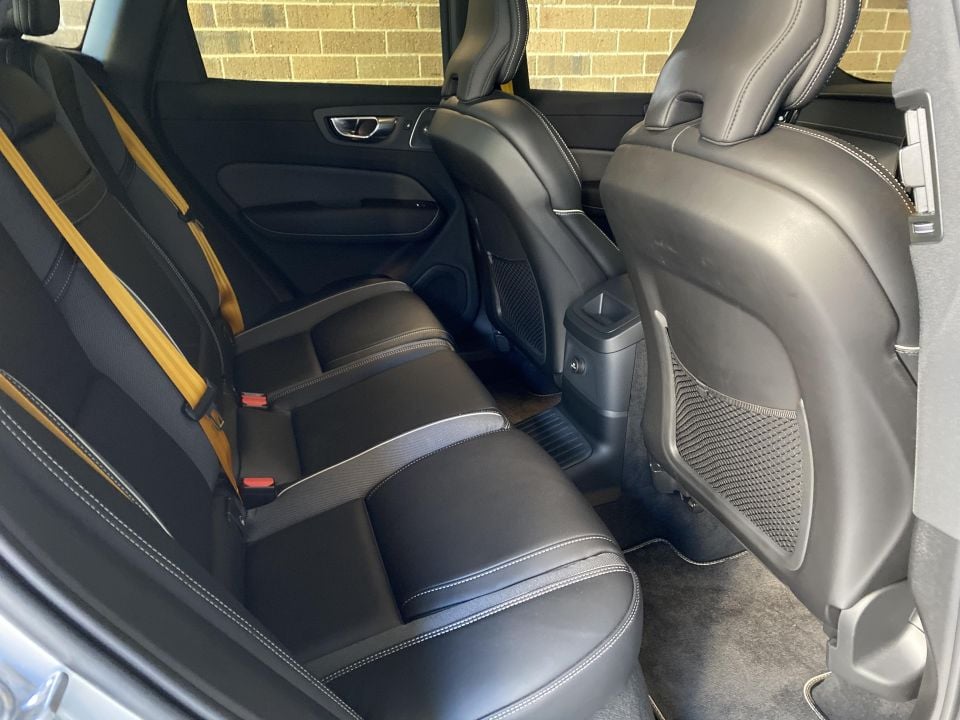
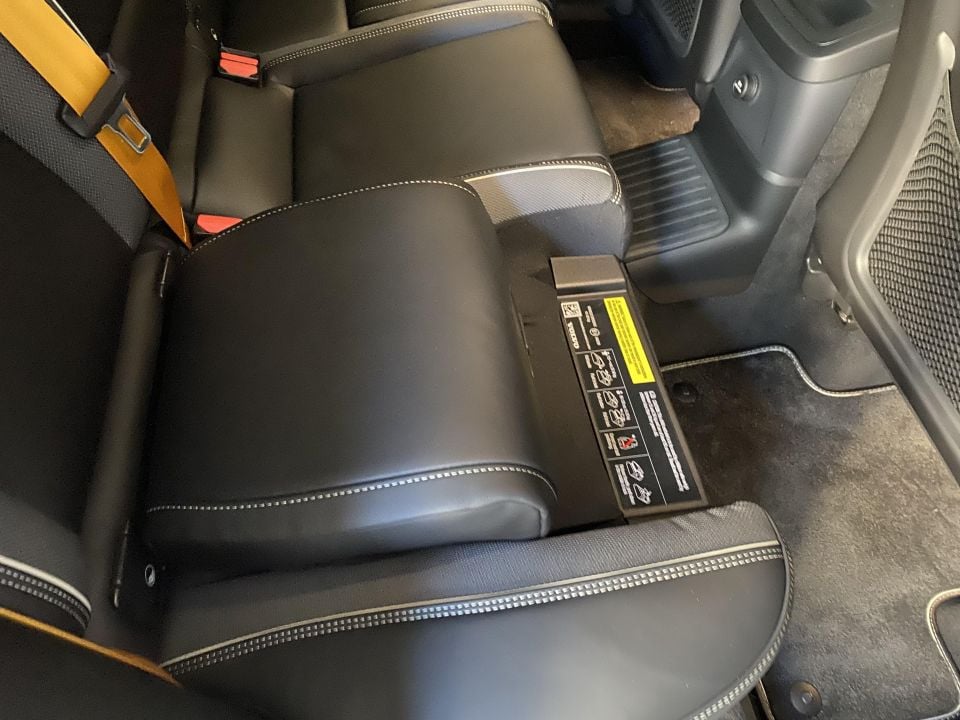
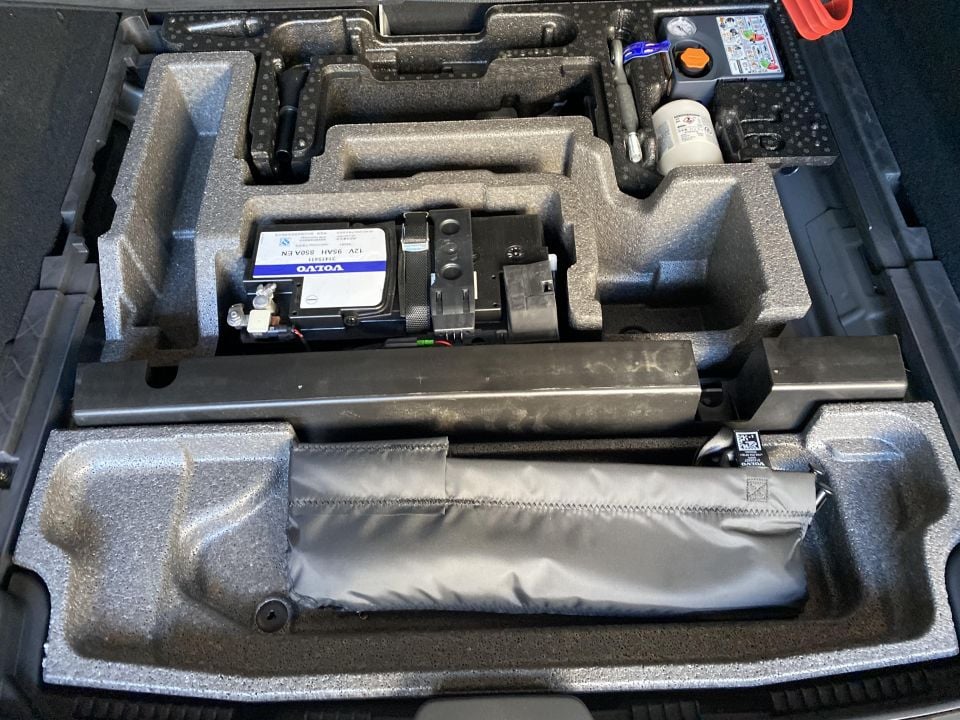
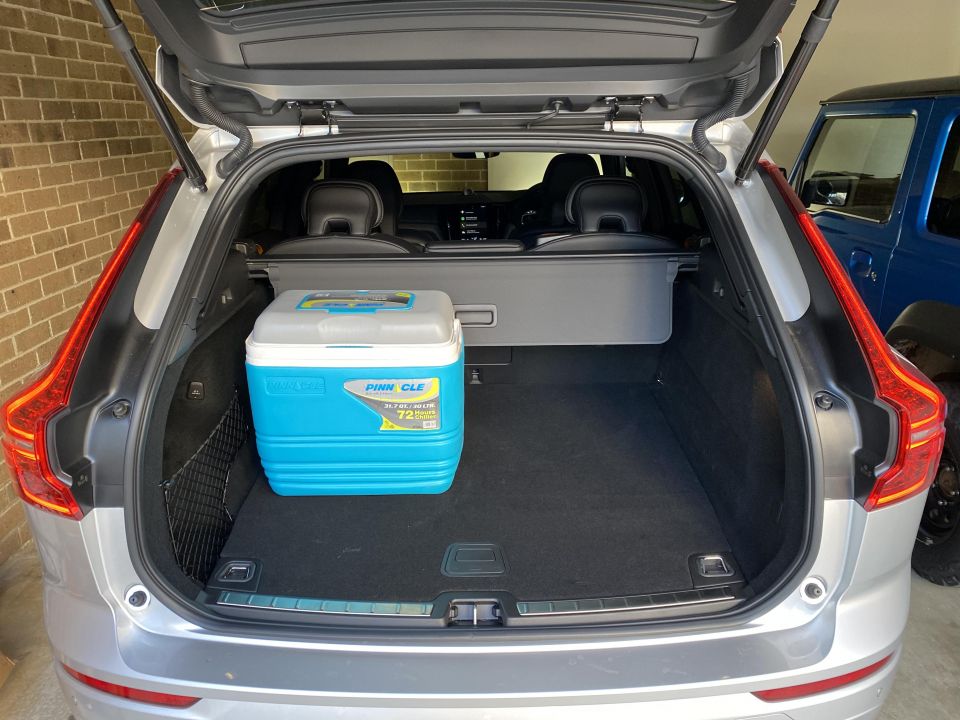
The seats are very supportive, and the Scandi design (a mixture of stitched leather and grey cloth) looks the part. Those bright yellow seatbelts are… bold.
The back seats a spacious enough for two average-sized blokes, while the B-pillar vents and large sunroof create a nice ambience. The material and trim quality is also undiminished.
In Volvo style, the seat bases on the outboard pews pop up to make an integrated booster for smaller kids, enabling them to sit up high and see what’s going past.
Boot space is cut by 37 litres over other XC60s to 468L, though as you can see there’s room for a few suitcases. While other XC60s get a space-saver spare wheel under the floor, the T8 has a repair kit comprising filler and a compressor.
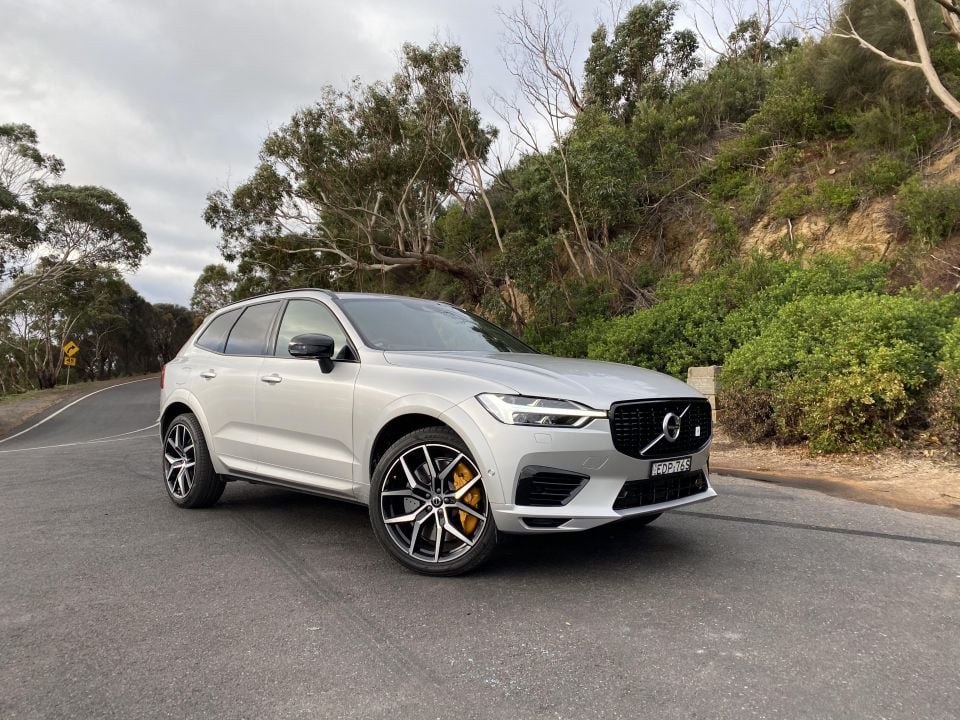
It combines a 2.0-litre petrol engine that is both turbocharged and supercharged, producing 246kW of power and 430Nm of torque, with an electric drive motor pushing out 65kW and 240Nm from zero rpm.
The motor is powered a battery pack and the transmission is the eight-speed Adaptive Geartronic ‘box used in other XC60 derivatives. The T8’s petrol engine drives the front wheels and the electric motor the rears, giving the XC60 direct all-wheel drive (AWD).
The result is a 0-100km/h sprint time of 5.2 seconds, and combined-cycle fuel consumption as low as 2.2 litres per 100km – though as with all PHEVs, a longer journey that depletes that battery and forces more petrol reliance will drive this figure up.
For the sake of comparison, the XC60 T6 uses the same 2.0-litre twin-charged engine and 8AT as the T8, but does not get any of the electric driving tech. It’s subsequently 200kg lighter, $20,000 cheaper, 0.6 seconds slower to 100km/h, and uses a claimed 8.0L/100km.
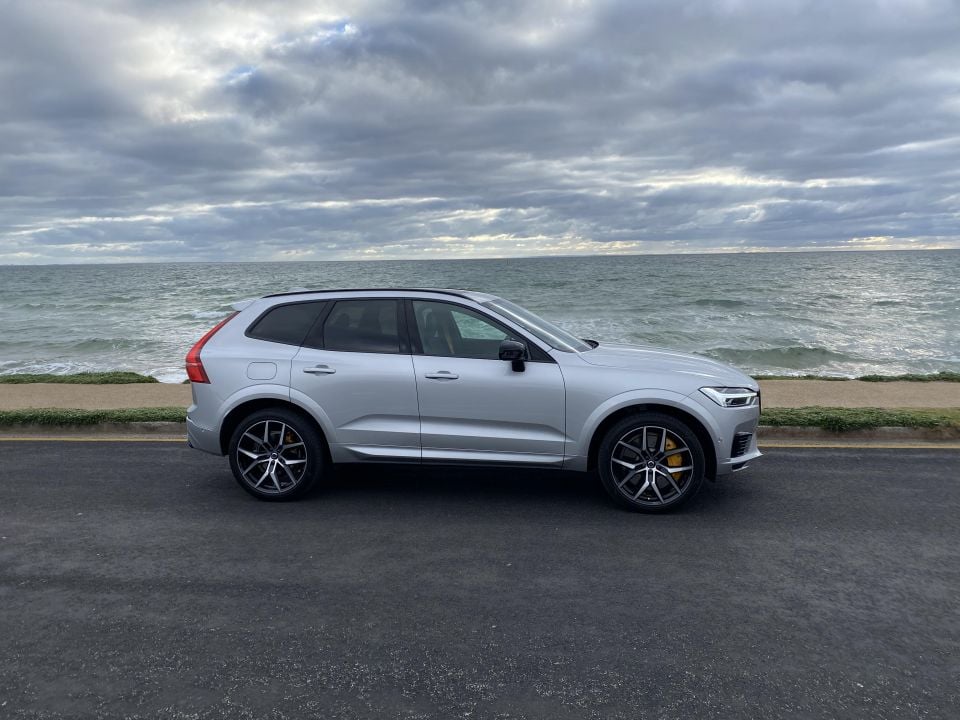
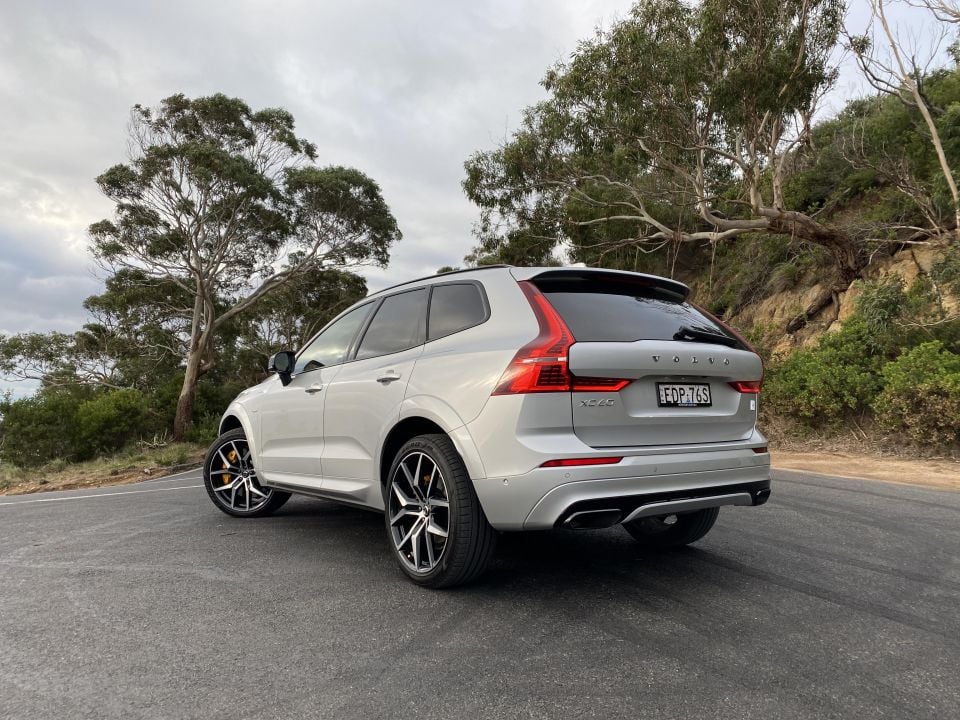
As is common for this type of vehicle, it defaults to Hybrid mode whereby the engine and motor work concurrently. The electric motor is particularly useful at getting the car moving off the line, because it delivers torque immediately and does so in silence.
But you can choose Pure electric mode where the car relies on its battery reserves and drives as an electric vehicle until the charge is gone, or Power mode which turns up both drive systems to the maximum and activates full-time all-wheel drive. This is when that 5.2-second sprint happens.
Regardless, you can expect to cruise around in serene electric silence during most urban errands, and even when the drive battery’s reserves are depleted there’s enough there (through recuperated brake energy) for it to perform like a Toyota-style mild hybrid.
During my driving test I managed to achieve a pure-electric range of 34km over a 46-minute mostly urban route, after which the petrol engine engaged. After 80km on the same stop-start loop with some highway time, my cumulative economy sat at 5.0L/100km.
At this point I decided to do a separate driving loop commencing with the drive battery at zero useable charge, meaning it defaulted to a mild-hybrid using petrol power for the majority of the trip. My fuel economy over a 55km urban journey was 9.9L/100km, but conducting the same test on a highway yielded a more respectable 6.4L/100km figure.
I suspect this comes down to weight. Once the T8 is relying on dino juice to drive the wheels, it has to carry about 200kg worth of batteries that aren’t doing as much. This is why a lighter mild-hybrid like a Toyota RAV4 is at times more efficient.
I should point out that a diesel-fired XC60 D5 R-Design has 177kW/500Nm and combined-cycle fuel use of 5.6L/100km, though it’ll be noisier and less refined while doing so, and cannot do daily commuting as an EV like the T8.
In terms of recharging, the T8’s battery can be plugged in and charged at home overnight using a regular wall powerpoint, but a 3.7kW wallbox will do the same task in about three hours.

You can also use petrol engine as a generator to recharge the battery on the fly if you want to. In this so-called Charge mode I topped up the useable battery from flat to 25 per cent in 15 minutes and had the fuel use readout sitting at 13.8L/100km. This mode is clearly designed for zero-emissions zones with congestion charges, like we see in Europe.
So in summary, you can drive in the default Hybrid mode and barely feel or hear the petrol engine and electric motor subbing each other in and out. It’s smooth, refined and has that trademark instant response off the line. You can also do daily commuting as a pure electric vehicle, before turning to petrol power for your longer weekend trips.
In dynamic terms, the 21-inch wheels with slim-sidewall tyres mean some road imperfections filter into the cabin at ow speeds in particular – it certainly doesn’t ride like a plush SUV. This is amplified in my mind the fact that every other XC60 can be optioned ($2490) with air suspension
As part of Volvo’s performance aspirations for the T8, it uses a ‘Polestar Chassis’ with adjustable dual-flow valve shocks made by Ohlins, integrated into the familiar double-wishbone front and integral-link rear suspension. Beyond this, that extra weight (2118kg all up) doesn’t help handling through corners.
In actuality it neither feels totally like a plush luxury SUV or a twisty-road destroyer, but sits somewhere between. Perhaps Volvo should’ve put the XC60 PHEV on cushy air suspension and 19-inch wheels, and focused on comfort first and foremost.
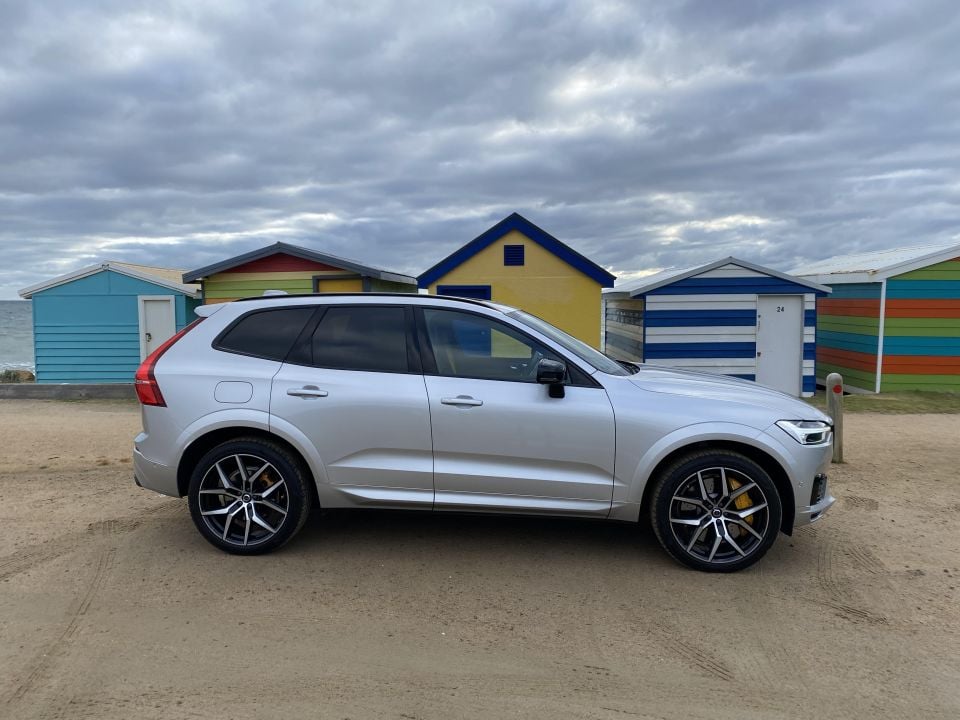
Unlike some premium brands, Volvo commendably offers a five-year warranty on new cars.
Volvo Australia has also moved to sharpen its service prices of late. A service plan covering the first three services at annual or 15,000km intervals on any petrol-fuelled XC60 costs $1795 total, or $598 per visit.
The company also pledges to offer customers a personal service contact that can answer your questions, alternative transport (such as a loan car), regular software updates, a car wash, and up to six years of free roadside assist cover as long as you keep servicing your car at a Volvo dealer.
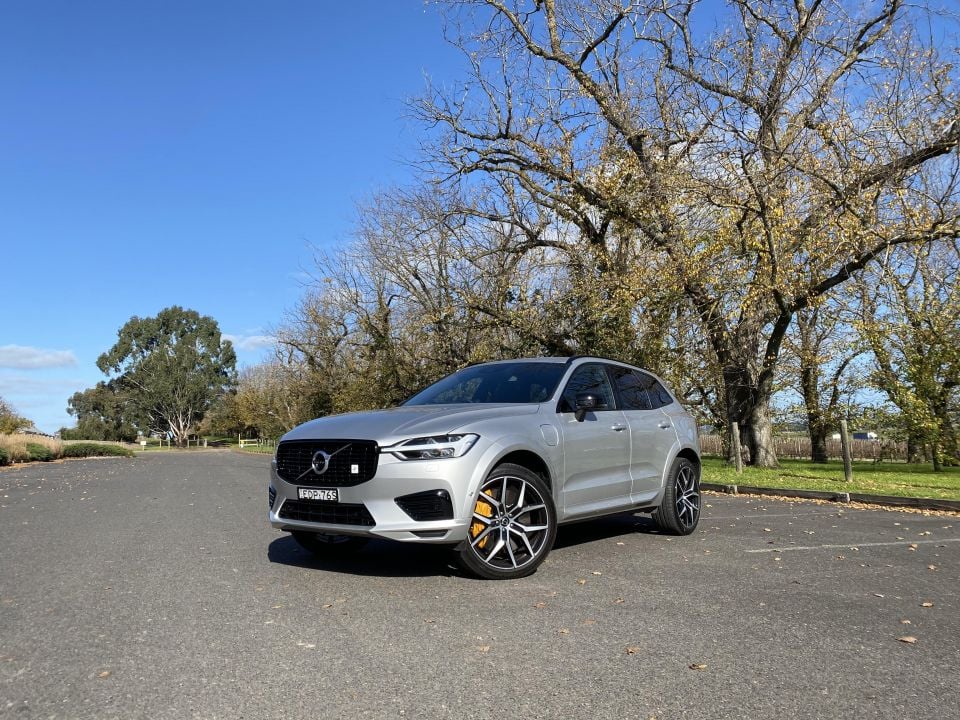
Without glossing over its gorgeous cabin, head-turning looks, long list of safety functions, and highly sophisticated drivetrain, it’s clear to me that this flagship T8 is trying a shade too much, to be everything to everyone.
Its ride is a bit firm, it feels too heavy to be as agile and dynamic as the very best performance SUVs, and once its battery is low the fuel efficiency stops being so remarkable.
As a tech leader the T8 has merit, but for Australian buyers I’d have to say a more affordable T6 or D5 XC60 still makes more sense. This is instead a car you buy with emotion.
Where expert car reviews meet expert car buying – CarExpert gives you trusted advice, personalised service and real savings on your next new car.


Damion Smy
9 Hours Ago


Damion Smy
10 Hours Ago


Damion Smy
11 Hours Ago


Damion Smy
13 Hours Ago


Damion Smy
15 Hours Ago


Damion Smy
16 Hours Ago